
Whether you’ve been getting started and honing your skills in a particular riding style for years or you’ve recently taken up riding, it’s crucial to understand the best horse types for each riding discipline. A good match can transform your experience and advance you to new levels.
Not every horse performs the same. Some horses have exceptional longevity for endurance riding, while others can reach great heights for show jumping. The horse size, breeding, temperament and training can all contribute to how they function during the ins and outs of your preferred styles of riding.
If you are wondering, “What type of horse do I need?” the following guide will help you review the array of riding disciplines and inform you about the most fitting horses for common riding styles.
Table of Contents
- The Primary Factors: English and Western Riding Styles
- Types of Western Riding Styles and Suitable Horse Breeds
- Types of English Riding Styles and Suitable Horse Breeds
The Primary Factors: English and Western Riding Styles
Popular riding styles like barrel racing or dressage fall under two main disciplines: Western and English. The general origins, saddle design, direction and positioning separate these forms, but they also split off into additional subsections.
The equipment and interaction between the rider and horse is a major distinction. English style saddles offer riders a slight, flat saddle that allows them tighter proximity to the horse. It also gives direct guidance from a mouth rein, so the horse responds to the redirection of its face. Western saddles, on the other hand, provide a substantial, deep surface that spreads over the horse, and a neck rein nudges the horse along the right route. Western saddles allow for a deeper seat and more security when a horse is making sudden turns and moves, as in cutting or barrel racing.
Both types of riding styles have rich histories that influenced the evolution of these saddle styles. English riding started in Europe but wasn’t restricted to Britain, and it had ties to the military, creating the form we now know. Western riding and tack stemmed from cattle-related purposes in America, and has shared traits with the Australian stock saddle and those used by the gauchos of South America.
However, English and Western riding subgroups branch out into a wide variety of applications that require unique horse breeds. While there are no hard and fast rules for which horse breed may or may not be used, different breeds offer particular traits that can make them more likely to be able to perform in certain disciplines. For instance, intelligent breeds that rapidly pick up instruction are ideal for Western riding, which demands tremendous perception. English disciplines such as steeplechasing require animals with a great deal of endurance and an ability to jump over tall obstacles.
Let’s dive into these styles and the most common types of horses used for them.
Western Horseback Riding Styles and Suitable Horse Breeds
While the Western-style did start out for day-to-day work on ranches, Western riding has evolved into various branches of competition. They all show athleticism, diligence and a connection between horse and rider. Most of these branches are easiest for horses that are typically used for ranch work, and with the wider saddle and quick neck reining cues, they require bright and agile breeds.
1. Western Pleasure
This competition category displays horses that are capable of precise, measured movements. The rider executes a steady gait for the judges with a variety of precise beats and corresponding paces. The horse remains alert with an upright head, and its easy going disposition accompanies a flowing and uninterrupted cadence.
A proper breed for Western pleasure is tall with a stable frame. With leaner shoulders and hips, it needs to hold steep angles to execute slow, deliberate motions. A level neck and an effortless stride create a successful Western pleasure horse.
Quarter Horses that are hand-picked for strong lower forelimbs are worthy Western pleasure candidates, especially if they’re trained specifically for the discipline. Due to their smooth gait and calm demeanor, Quarter horses are ideal for Western pleasure.
Tennessee Walking Horses are also graceful and their comfortable gait allows them to excel in Western pleasure competitions.
2. Reining
Comparable to English dressage, Western reining is a swift series of guided activities. The reining patterns range from circles, stops, spins, roll-backs and flying lead changes, and they demonstrate a horse’s refined agility.
The sharp transitions in reining take skillful maneuvering, so the horses have to be sensitive to cues at a moment’s notice. Horses that work with cattle typically have the dexterity to complete these exact tasks.
While reining is based primarily on athleticism rather than breed, two prominent reining horses are Paints and Appaloosas. Paint horses have broad chests and strong centers of gravity that keep them firm through the shifting stages of reining. Similarly, Appaloosas are highly coordinated and powerful, which allows them to carry out precise exercises.
3. Cutting
Cutting is a herding activity where the horse and rider block off a specific cow or cows. During cutting, the handler and horse isolate a cow and continue to separate it from the herd despite its attempts to rejoin the group. The handler also has to let the horse lead the cutting for a period of time, using its own instincts.
Steering a herd-oriented cow is challenging, so the horse must have advanced intuition to face off with the cow. Anticipation and flexibility are two natural qualities a horse should have to effectively cut.
Working cow horses often include Quarter horses and crosses. The balance and attentiveness of Quarter Horses establish them as the go-to horse breed for this competition.
4. Trail Riding
With arranged trail barriers on a natural course, the handler and horse travel and strategically navigate different obstacles. Trail riding can involve opening and closing gates, changes in terrain and logs, water obstacles and it isn’t timed like endurance racing. The way the riders complete the challenging obstacles is scored, along with the horse’s adaptability and poise.
Horses need stamina and athletic prowess to make it through the distance and stops. The best horses for trail riding can tolerate long stretches of riding and nimbly accomplish obstacles.
Arabians are proficient at traversing a course because of their muscular legs and natural endurance. Trail riding can wear on even the most resilient horses, so thorough hoof health is an important consideration. Fortunately, Arabians’ sure-footedness can conquer the hazards of trail riding. Their elegance is also beneficial in coming off as a capable trail contestant.
Missouri Fox Trotters also maintain their energy in trail riding. Their sloped shoulders and sturdy back help them carry the weight of a rider through the obstacles with ease.
5. Team Penning
As a group competition, team penning requires three handlers to guide a group of three designated cattle into a pen. The pen is usually on the other side of the competition area, and the riders have to coordinate with one another to draw the cows away from the herd. The three cows have to be labeled with the announced number, which makes it complex.
Because this combines cutting, penning and teamwork, this style requires a resourceful horse, and horses suited for cutting fulfill the needs for team penning, too. Quarter Horses have diverse abilities, and their stature helps them put up a barrier for the cows. Morgan Horses are also smart and agile, which makes them a good choice for this type of cattle work.
6. Barrel Racing
To barrel race, a horse and rider run around three barrels in a triangular layout. They loop each barrel in a cloverleaf design before exiting the arena. Scoring is dependent on the overall time, but the turns and control play substantial roles, too.
Horses have to have powerful haunches to build up speed, and their balance and footing around turns need a quick reaction. Quarter horses are typically the most well-suited with their compact, strong conformation. When a Quarter Horse has an even build, they can distribute their full power in short-distance running, a vital element for making a good time in a barrel run.
7. Endurance
Endurance riding competitions stretch more than 50 miles on average, and these long distances have vet checks at marked intervals to evaluate the condition of the horse.
Physically demanding performances over great distances can tire out horses. However, there are certain horse breeds that are well-suited to persevere through these intense races.
The horse breed that tends to have the longest-lasting endurance is the Arabian. Arabians are dominant in endurance racing because of their history of survival and fortified structure. Their pronounced hips, laid-back shoulders and muscled haunches let them release spurts of energy along the route. Their smaller hooves also allow them to pick through rough terrain with more agility than heavier breeds.
8. Gymkhana
This is a collection of speed events and games that normally apply to youth riders. Gymkhana is also referred to as mounted games, and riders participate in things like flag races, barrel racing, keg races, pole bending and keyhole races.
In fast-paced games on horseback, the type of horse chosen needs to support the goals and skill level of the rider. They should also be able to climb to brisk speeds and be aware of the rider’s guidance.
To accommodate younger riders, it’s important to choose a horse that’s experienced but good-natured. Ponies can serve as adequate mounts for children, but Appaloosas are also a popular choice for Gymkhana. Their independence and trustworthiness set them up for the varied requirements of the events.
English Riding Styles and Suitable Horse Breeds
Unlike the Western disciplines, English riding styles are more structured and add further pomp to events. Jumping techniques and precise stepping styles are two instrumental parts of English riding, but the numerous types switch up the arenas, obstacles and expectations. Here are seven types of English riding disciplines.
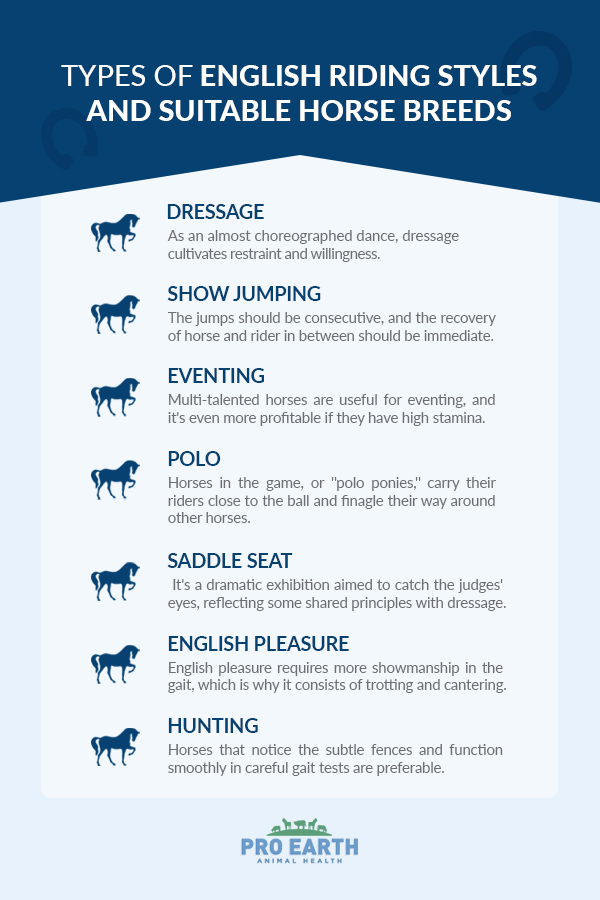 1. Dressage
1. Dressage
Dressage is a classical discipline where riders usher their horse through a rhythmic routine. The tests in the sequence can cover multiple gaits, piaffe, passage and pirouettes. Riders and horses are graded on their harmony, impulsion and composure.
As an almost choreographed dance, dressage cultivates restraint and willingness. Horses have to closely obey their rider and demonstrate finesse, and this artistic practice prioritizes visual excellence.
Hanoverians and Andalusians are beautiful breeds that conduct themselves well during dressage. Hanoverians are noble and willing — plus, their gaits are light and far-reaching when necessary. Andalusians are also sophisticated animals that create a spectacle, and their cadence has the perfect amount of lift for dressage moves.
2. Show Jumping
For show jumping, the horse and rider must leap over a succession of fences in a ring formation. As a timed task, the jumps should be consecutive, and the recovery of horse and rider in between should be immediate.
Typically, most warmblood breeds are suited to show jumping. Taller, with excellent strength, they are capable of jumping over large fences with apparent ease. Appaloosas achieve impressive jumps for show jumping. Their legs are narrow but mighty, which lets them push off for a leap. Those with long but considerable backs can create an appealing arch as they jump, too. Thoroughbreds are also magnificent jumpers, and their extensive leg length is one advantage that propels them over fences.
3. Eventing
As a three-tiered event, eventing hosts dressage, cross-country and show jumping segments. Cross country, the only part not yet addressed, involves a course of lower and higher fences, as well as obstacles. Many of these are built to emulate structures that might be encountered out and about.
Multi-talented horses are useful for eventing, and it’s important they have high stamina. The jumping exercises take high degrees of strength combined with continual smoothness, and Hanoverians boast an assortment of skills that are optimal in eventing. They’re masters of dressage movements and hurdling fences.
4. Polo
This mounted team sport is played on horseback, and the teams hit a ball with a wooden mallet into goals while staying in the saddle. Horses in the game, or “polo ponies,” carry their riders close to the ball and finagle their way around other horses.
Polo ponies tend to be Thoroughbreds because they are agile and quick. They intrinsically have the ease and endurance to complete the games, too.
5. Saddle Seat
Saddle seat competitions highlight the high-stepping abilities of horses. It’s a dramatic exhibition aimed to catch the judges’ eyes, reflecting some shared principles with dressage.
Morgan Horses and American Saddlebreds are both viable options for saddle seat riding. Morgan Horses characteristically have a proud neck and distinguished gait, which gives them the flair they need in saddle seat.
Alternatively, American Saddlebreds offer height and weight of a regal stature, as their back gently dips. Their steps are exaggerated, which clearly conveys their gait in saddle seat competitions.
6. English Pleasure
While Western pleasure has horses lope and jog, English pleasure requires more showmanship in the gait, which is why it consists of trotting and cantering. Judges look for more animated motions in English pleasure.
Arabians are a popular horse to find in the English pleasure ring, and they are capable of a high-scoring strut. Their manners are amiable, so they can easily pick up a winning attitude.
7. Hunting
Hunting or hunt seat riding features a forward saddle and riding position, and there’s separate scoring for the horse and rider during flat and jumping tests. Also, the obstacles take on a tone that simulates the outdoors.
Horses that notice the subtle fences and function smoothly in careful gait tests are preferable for this English style. Thoroughbreds are sharp, and they can produce high jumps and precise steps. Considerate preparation for natural events can lead a Thoroughbred to proficient hunting riding.
Support Your Horse’s Health With Zesterra® From Pro Earth Animal Health
After you choose a horse that matches your riding needs, it’s vital to keep them healthy and performing at their best. Between serious horse training and traveling to competitions, several stressors can plague your horse.
Zesterra® is an all-natural supplement that can improve your horse’s well being through highs and lows. It balances the pH of the stomach to get your horse back in top shape. From heavy exercise to changes in weather, every horse owner can find a use for Zesterra® to maintain and improve their horses’ health.
At Pro Earth Animal Health, we are concerned about your animal’s well-being. That’s why we provide affordable, all-natural supplements and practical resources to keep them feeling their best. Shop our selection of Zesterra® online today or contact our team to learn more.

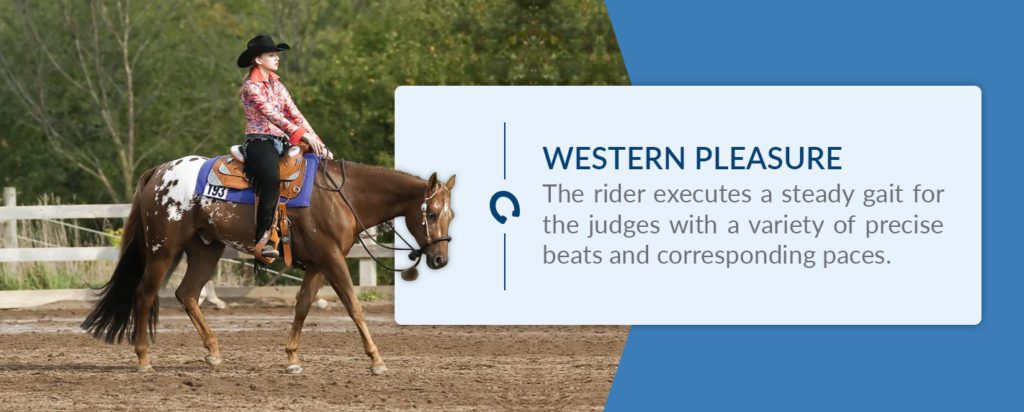
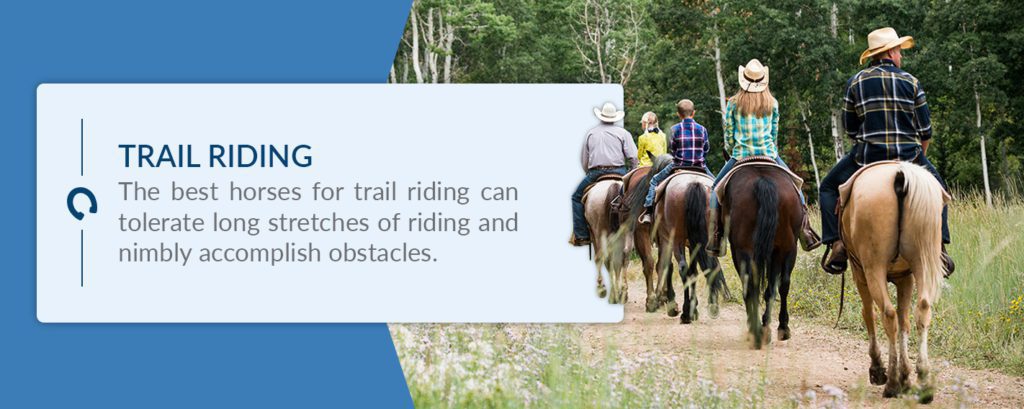

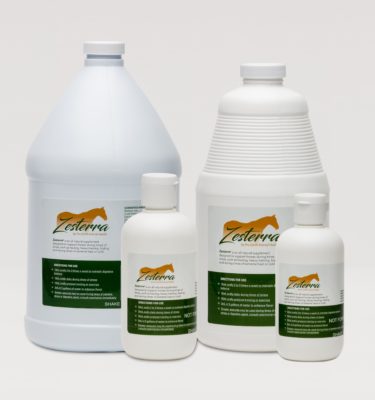

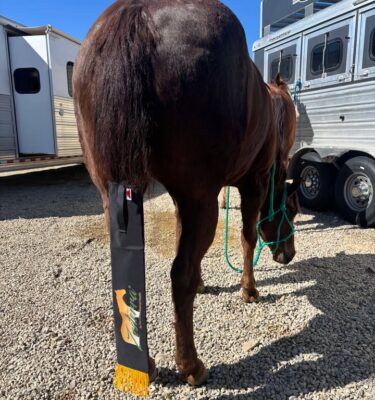

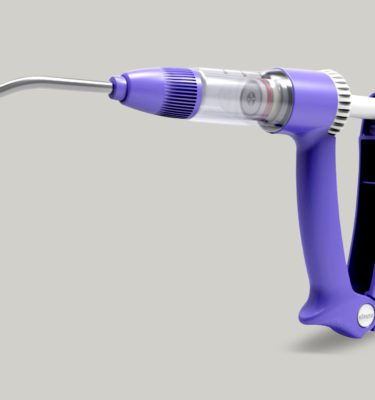

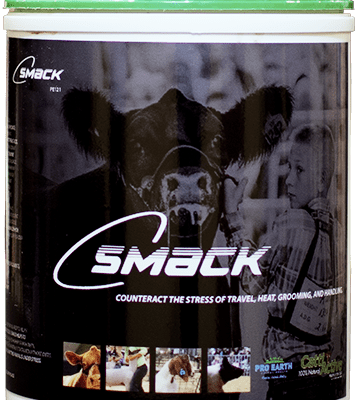
This was very helpfull